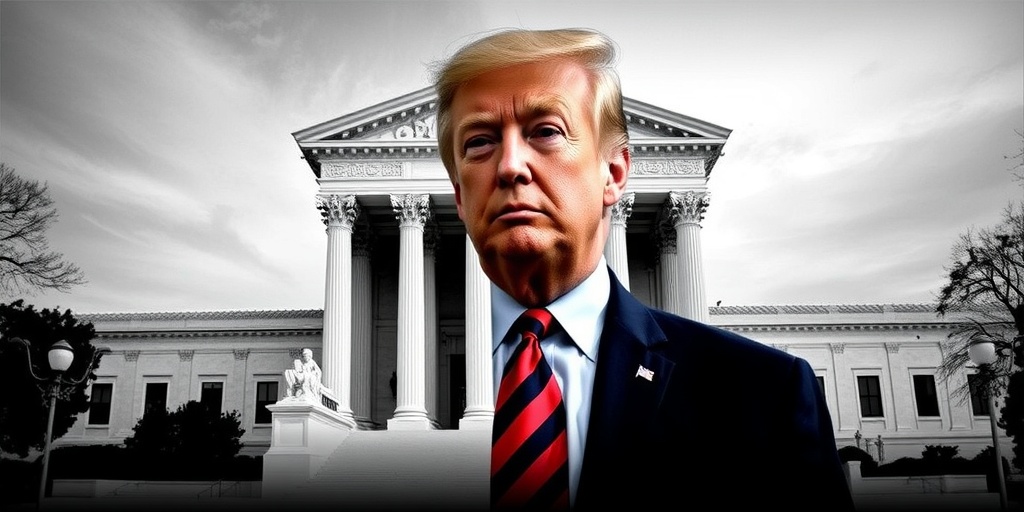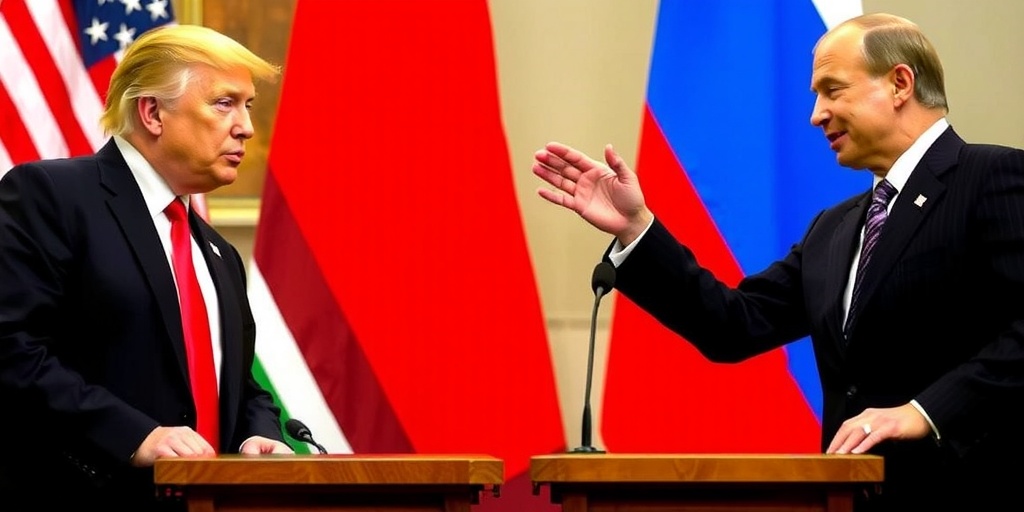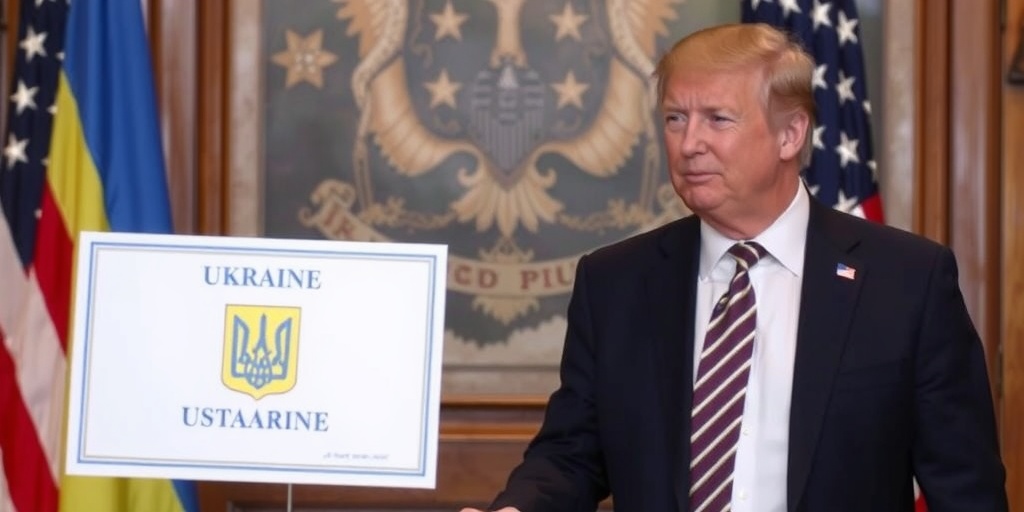Now Reading: Trump’s Agenda: Always an ‘Emergency’ at the Supreme Court
-
01
Trump’s Agenda: Always an ‘Emergency’ at the Supreme Court
Trump’s Agenda: Always an ‘Emergency’ at the Supreme Court

Title: The Trump Administration’s Use of Emergency Applications to Challenge Judicial Rulings
In recent weeks, the Trump administration has escalated its battle against the judiciary by appealing to the Supreme Court to end birthright citizenship, freeze more than a billion dollars in foreign aid, and deport Venezuelans to a prison in El Salvador without granting them due process. The administration has described each of these requests as emergencies, seeking swift intervention from the highest court in the land.
This tactic is part of a broader strategy wherein the Trump administration has submitted ten emergency applications—a significant increase compared to the total requests made during the 16 years of Barack Obama and George W. Bush’s presidencies. Legal representatives for the Trump administration have argued that such urgent consideration is necessary to effectively counteract lower court decisions that have imposed delays or pauses on various facets of President Trump’s policy agenda.
Typically, the Supreme Court reviews around 60 to 80 traditional cases during each term, which undergo months or even years of scrutiny by lower courts. Unlike traditional merits cases, which are methodical and thorough, emergency applications are treated with urgency, often leading to rulings within days or weeks. This fast-tracked process, initially reserved for critical matters like stays of execution, has become a preferred approach for challenging nationwide injunctions that restrict executive actions by the president.
Critics have labeled this expedited process “the shadow docket,” raising concerns over its implications for crucial legal questions, such as abortion rights, COVID-19 mandates, and environmental regulations. The rise of emergency applications has increasingly stretched the operational capacity of the justices, leading to concerns that the court’s workload is becoming unmanageable. Moreover, the decision-making process for these emergency applications is shrouded in secrecy, with minimal insight provided about the discussions or rationale behind the rulings.
Stephen I. Vladeck, a law professor at Georgetown University who closely studies the court, commented on the apparent transformation in how the Supreme Court operates daily. He noted that justices are being forced to tackle pressing issues at earlier stages in the legal process, often with less information and heightened stakes involved.
In light of the unprecedented number of emergency requests from the Trump administration, some Supreme Court justices have expressed their alarm over the situation. Justice Ketanji Brown Jackson, in a recent dissent regarding an emergency order that allowed the Trump administration to initiate deportations of Venezuelans, criticized what she termed a "fly-by-night approach." Similarly, Justice Elena Kagan highlighted the increased risk of error when the court decides cases based on limited briefing without comprehensive arguments.
The emergency applications filed by the Trump administration focus on high-profile initiatives and policy changes. The president and his supporters maintain that immediate action is paramount to address what they term as judicial overreach by activist judges. In a social media post, Trump explicitly demanded that the Supreme Court rectify this critical situation, warning that the country could face severe consequences if action were not taken immediately.
Mike Davis, a former law clerk to Justice Neil M. Gorsuch and current head of the Article III Project, an organization aimed at combating what it perceives as "leftist lawfare," believes the Supreme Court has inadvertently encouraged a surge in emergency applications. Following the court’s earlier ruling against one of Trump’s requests to freeze nearly $2 billion in foreign aid, he argues it sent a message to lower courts that they could continue blocking President Trump’s policies without fear of Supreme Court intervention.
As pressures from the administration mount, the Supreme Court has handed Trump several temporary victories through narrow rulings in five out of ten emergency applications. However, many of these decisions have sidestepped a thorough examination of the underlying legal issues—instead merely allowing the justices to avoid adjudicating the pivotal constitutional questions presented by Trump’s actions.
The court’s reliance on the emergency docket marks a notable shift from its traditional approach to jurisprudence. In contrast, the merits docket—which covers landmark cases in U.S. law—entails a lengthy and deliberative process involving extensive consideration of whether the justices will hear a case. Typically, the Supreme Court accepts only about 1 percent of the cases presented to it each year, with opinions released after significant internal discussions and deliberations.
Emergency applications, on the other hand, are reviewed and acted upon in a more secretive manner. Each one is initially assessed by a single justice assigned to the relevant circuit, often without any public hearings or oral arguments. The internal workings of these decisions remain opaque, raising deliberative concerns about the robustness and transparency of the judicial process.
As the Supreme Court navigates these complex and pressing matters, the concerns regarding the use and implications of the emergency docket continue to resonate. With several of the justices expressing their discontent over the current trajectory, the future of the court’s operational integrity hangs in the balance as it grapples with critical questions that define both legal precedents and the politics of the current administration.
Stay Informed With the Latest & Most Important News
Previous Post
Next Post
-
 01New technology breakthrough has everyone talking right now
01New technology breakthrough has everyone talking right now -
 02Unbelievable life hack everyone needs to try today
02Unbelievable life hack everyone needs to try today -
 03Fascinating discovery found buried deep beneath the ocean
03Fascinating discovery found buried deep beneath the ocean -
 04Man invents genius device that solves everyday problems
04Man invents genius device that solves everyday problems -
 05Shocking discovery that changes what we know forever
05Shocking discovery that changes what we know forever -
 06Internet goes wild over celebrity’s unexpected fashion choice
06Internet goes wild over celebrity’s unexpected fashion choice -
 07Rare animal sighting stuns scientists and wildlife lovers
07Rare animal sighting stuns scientists and wildlife lovers




















